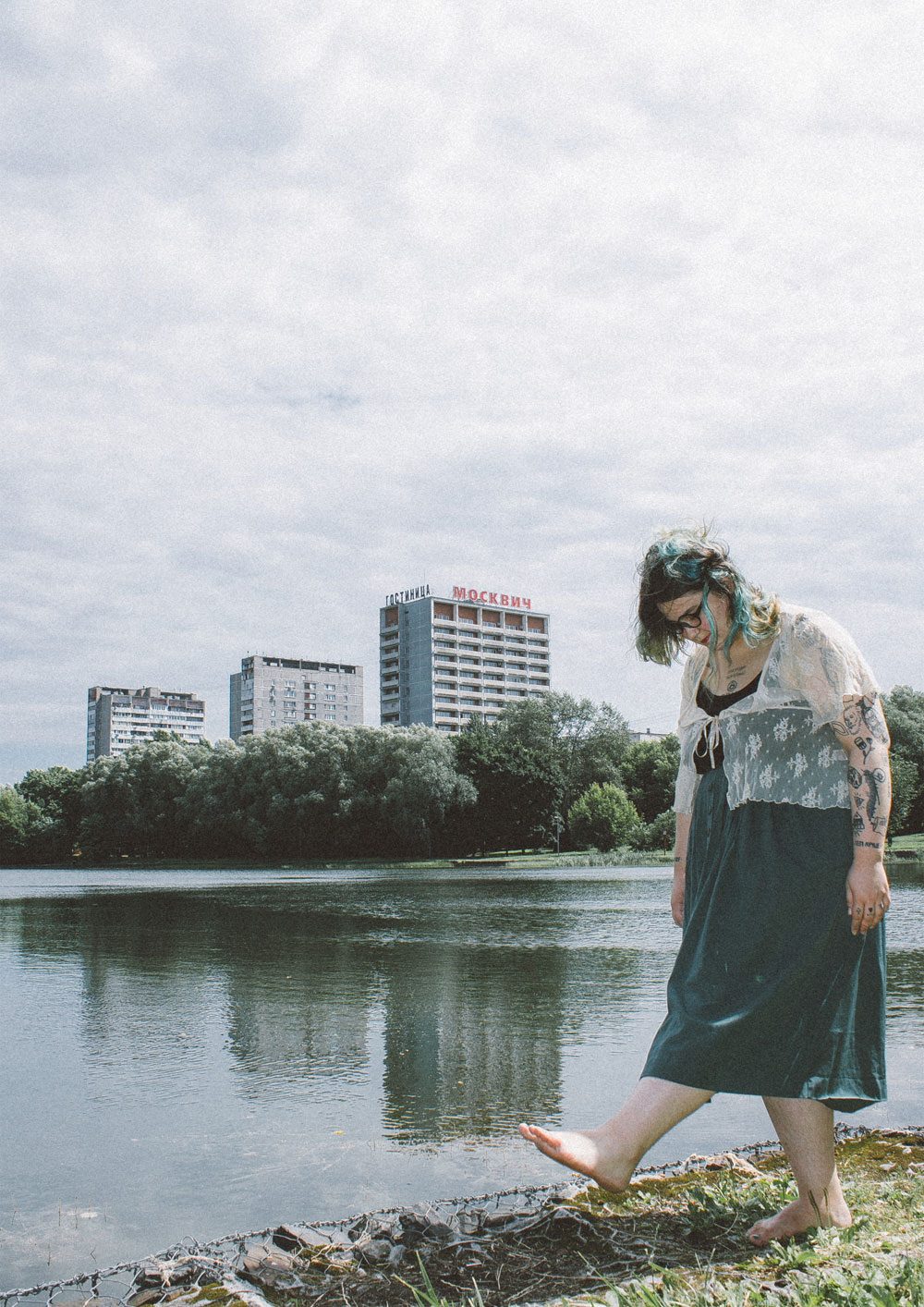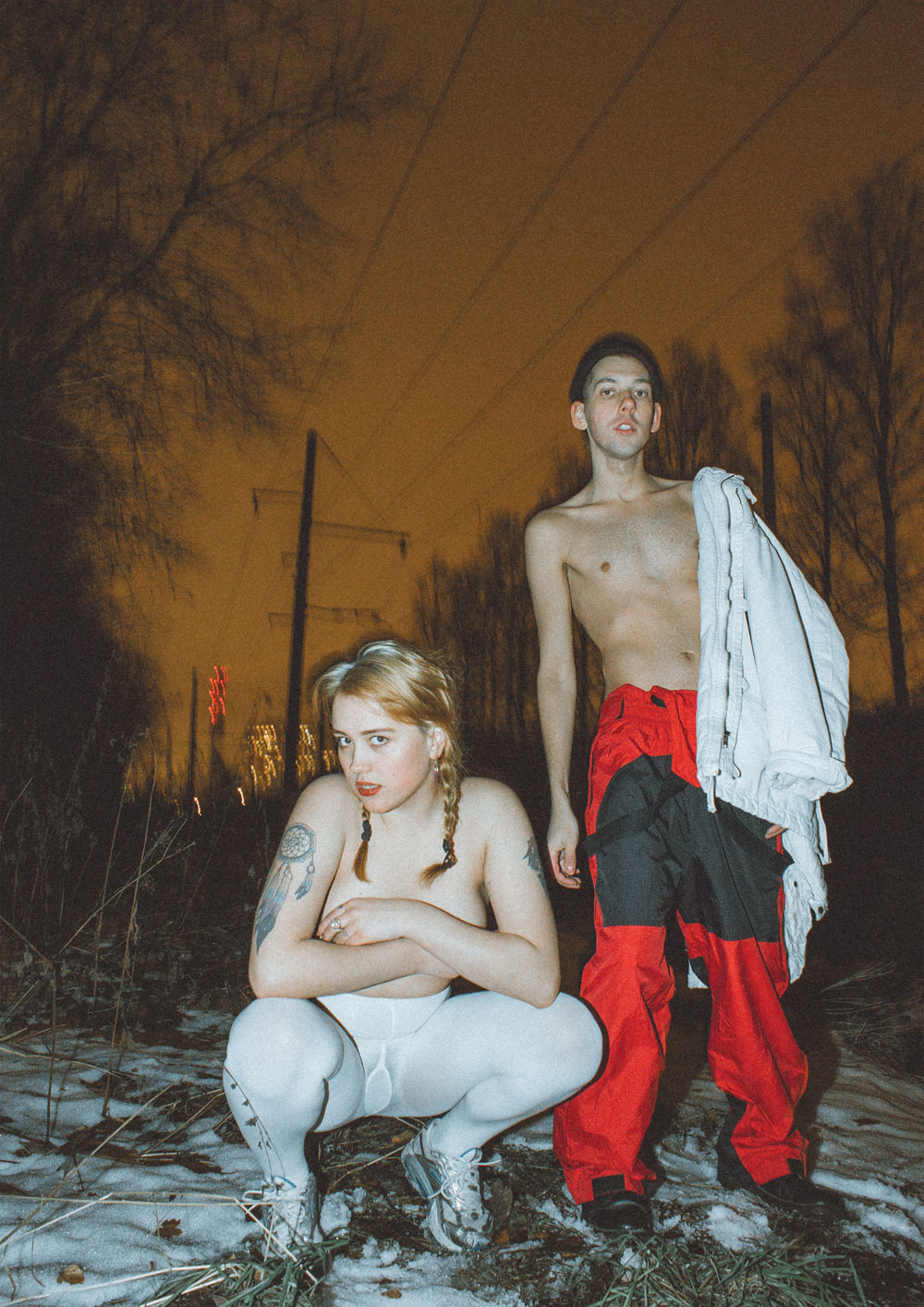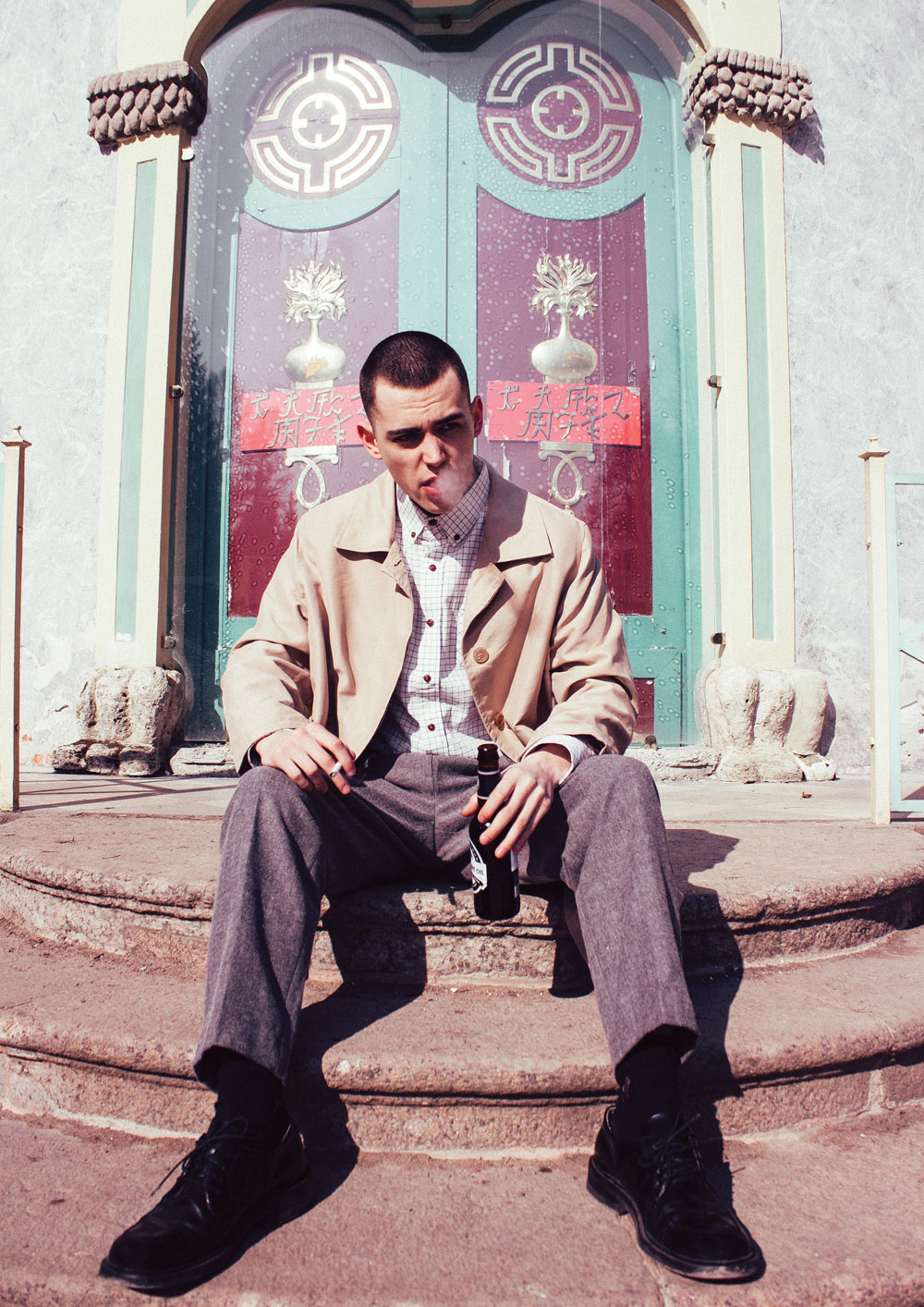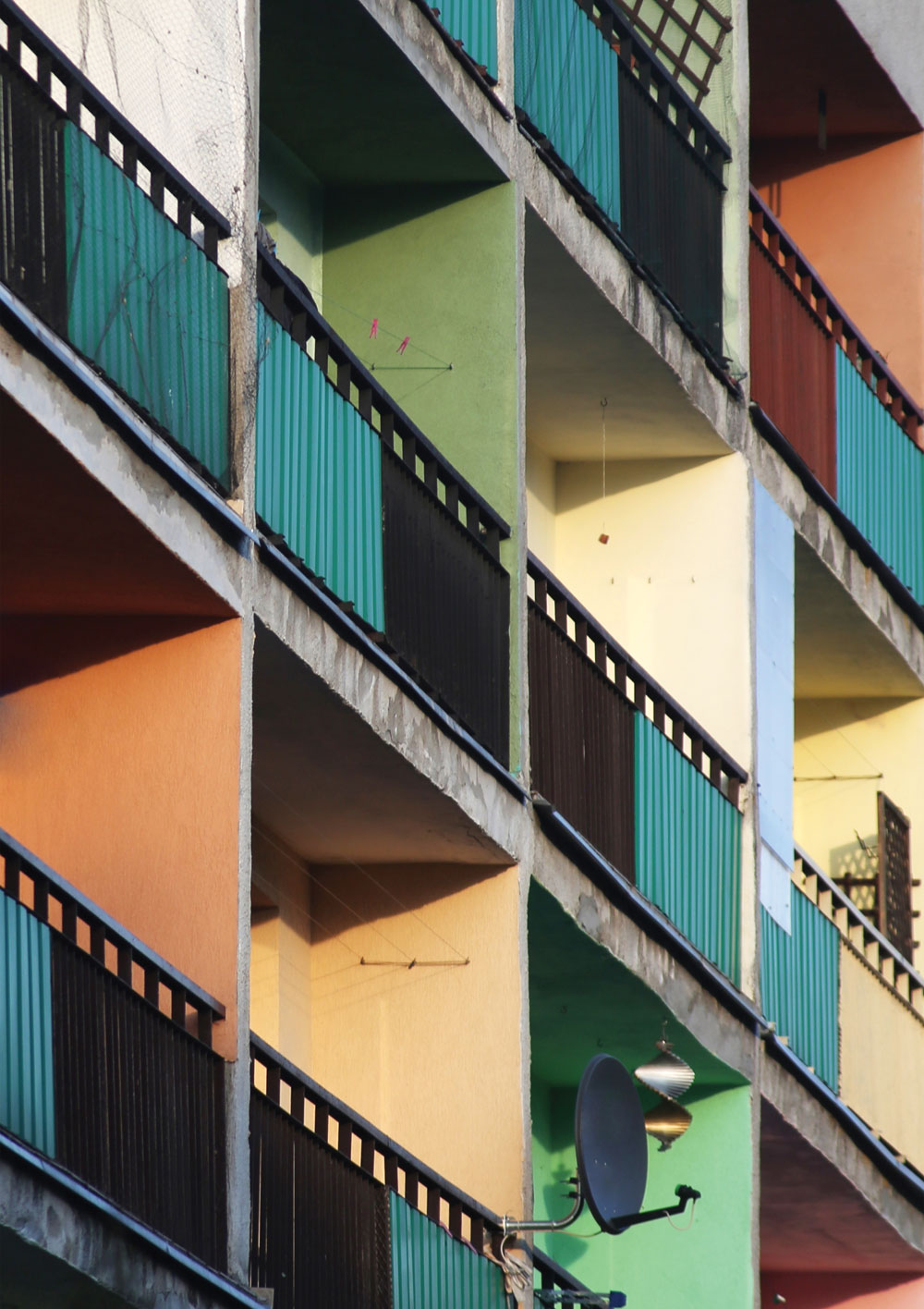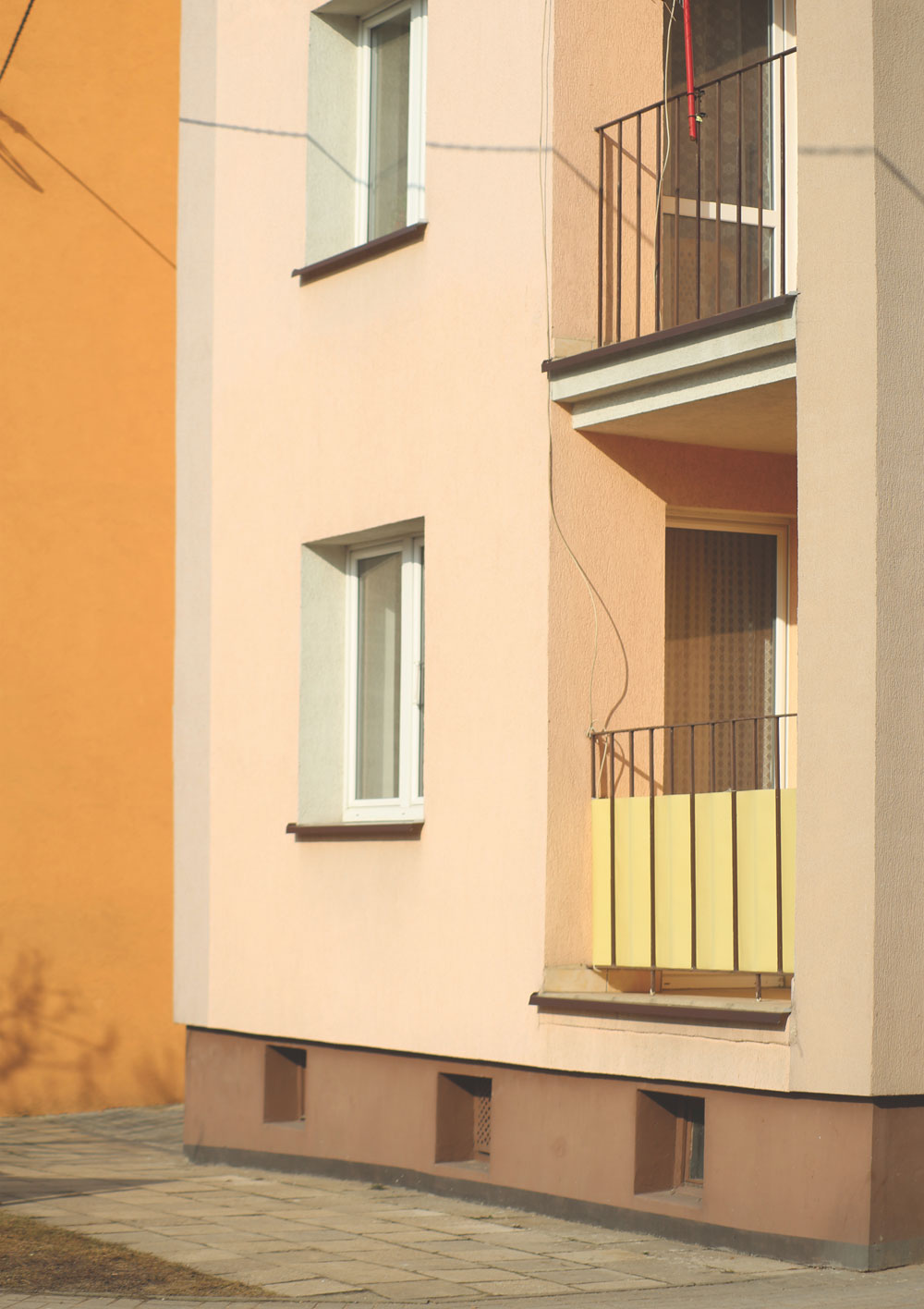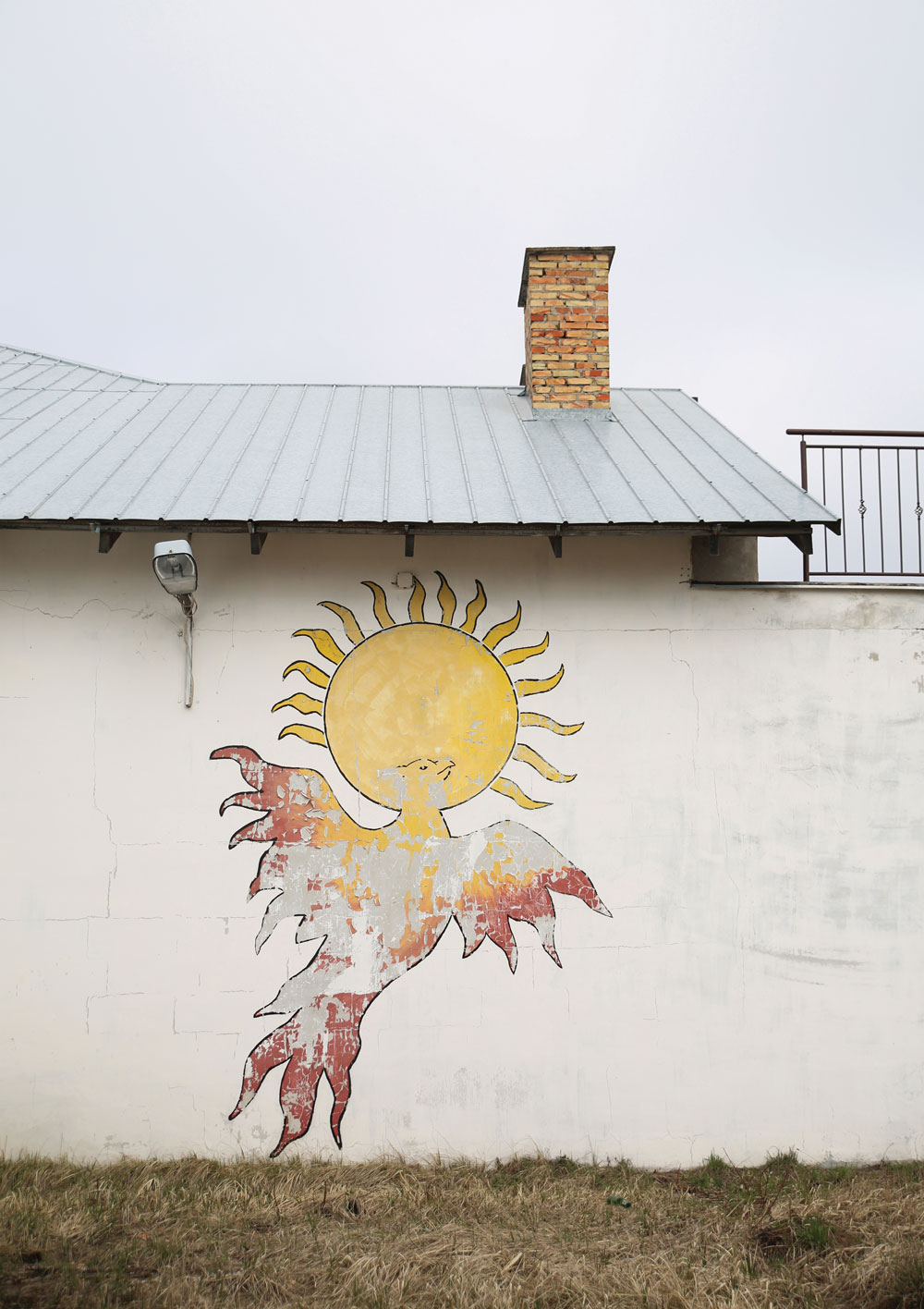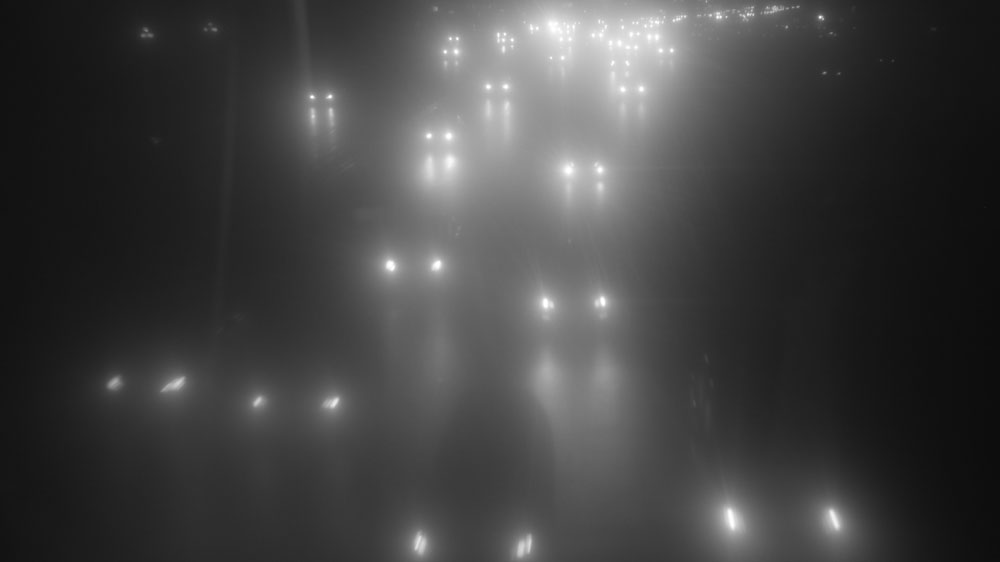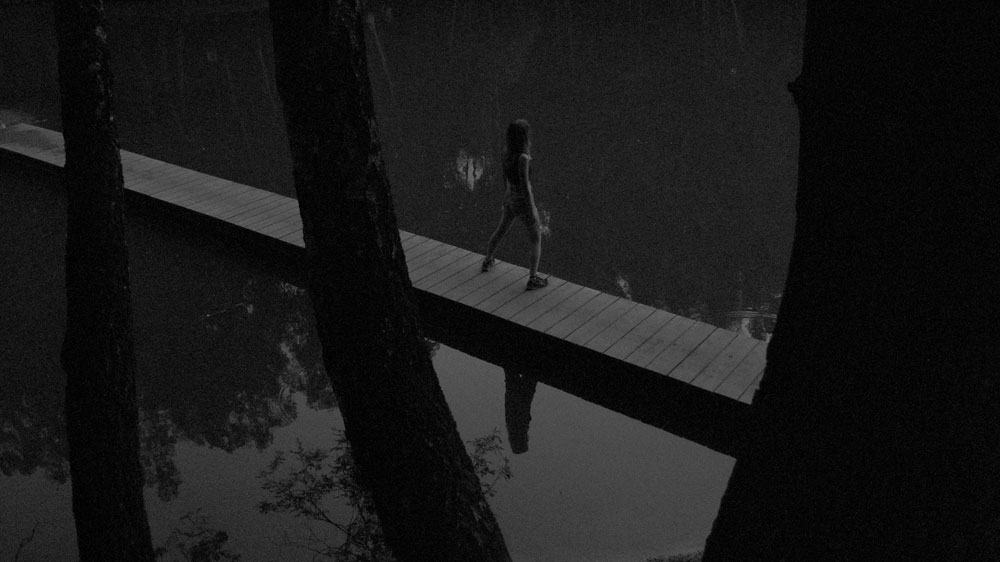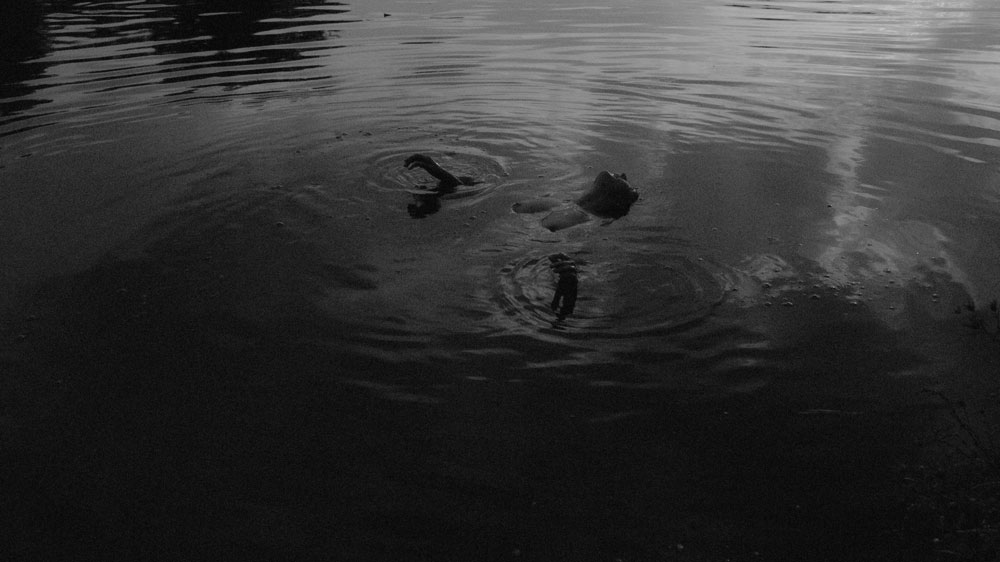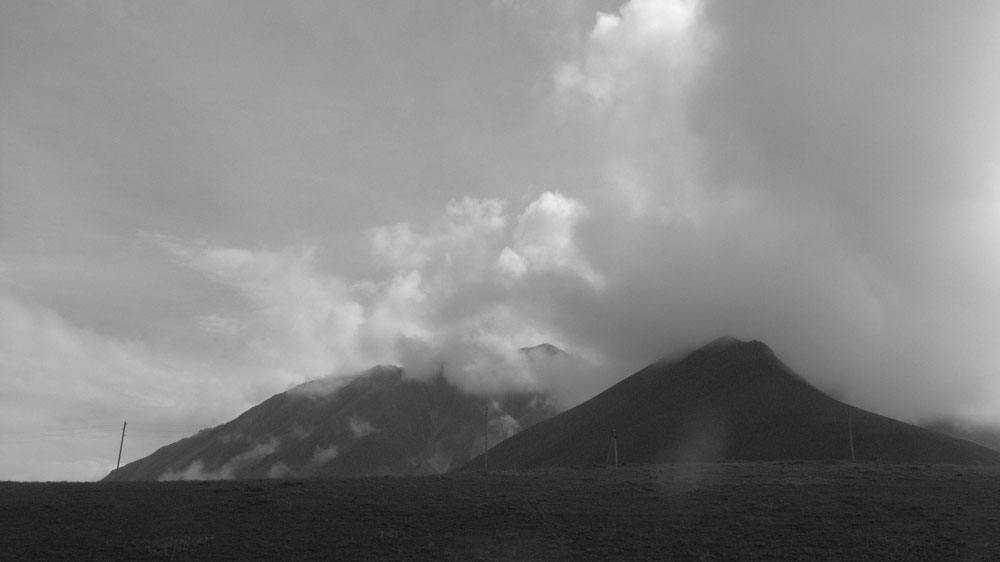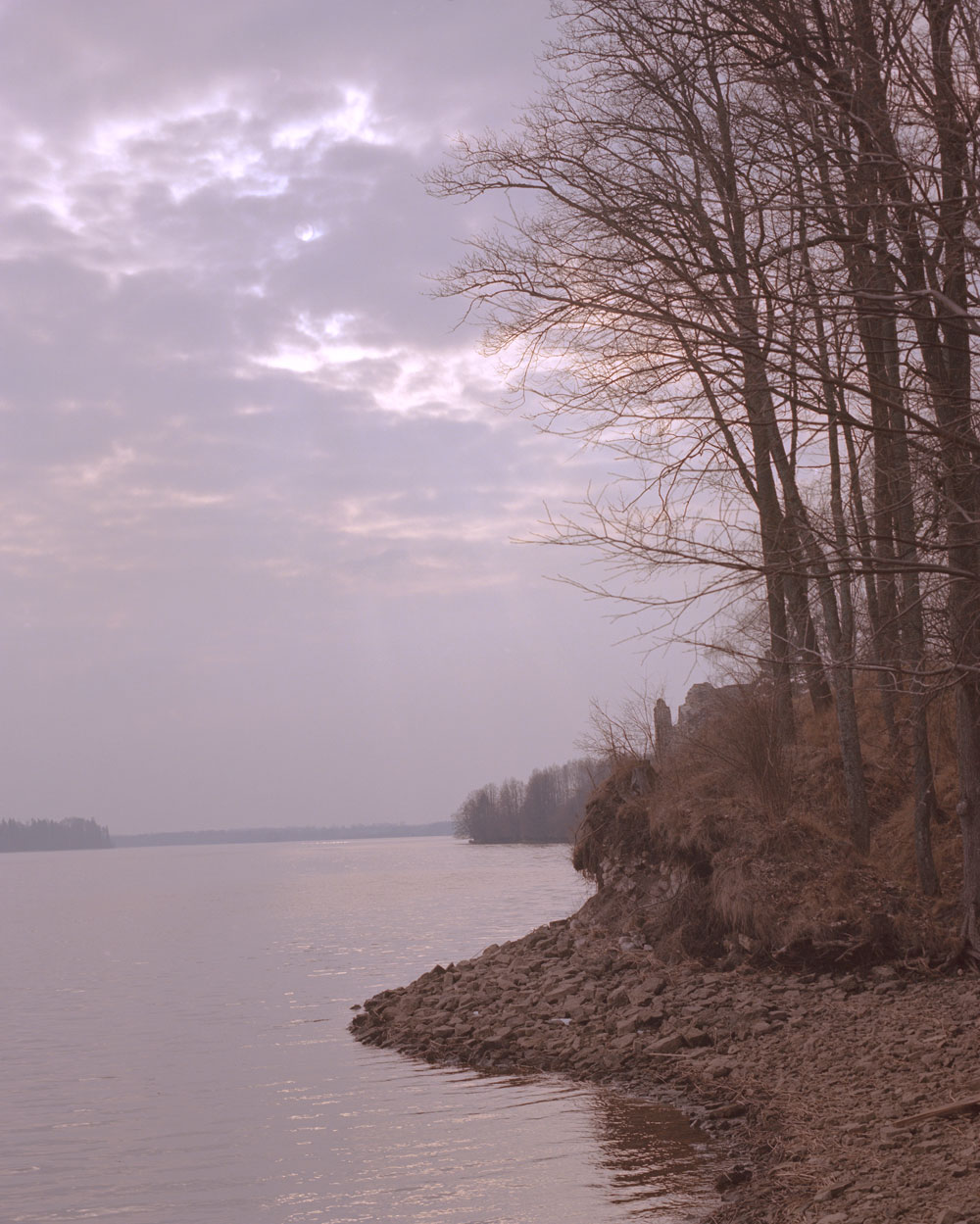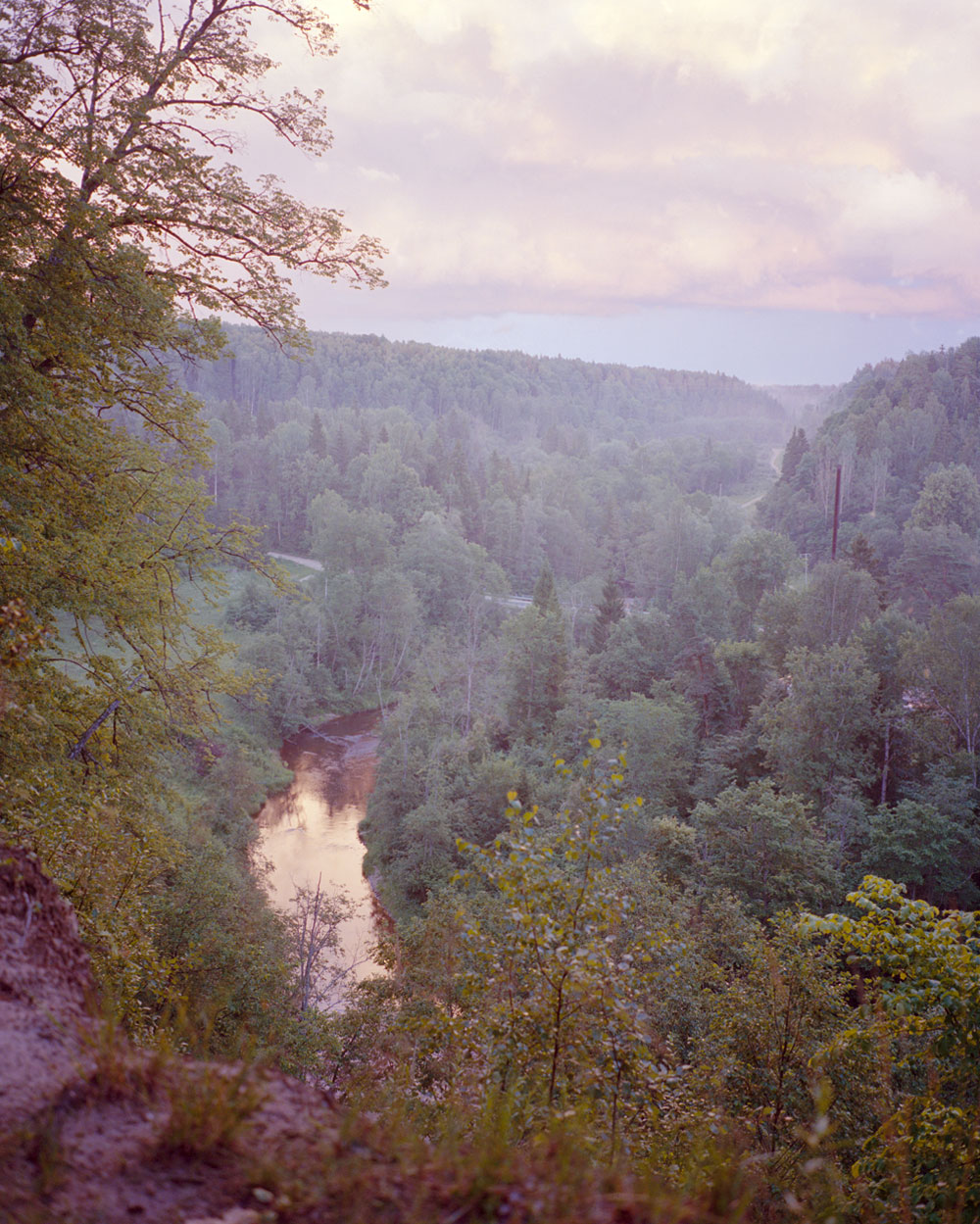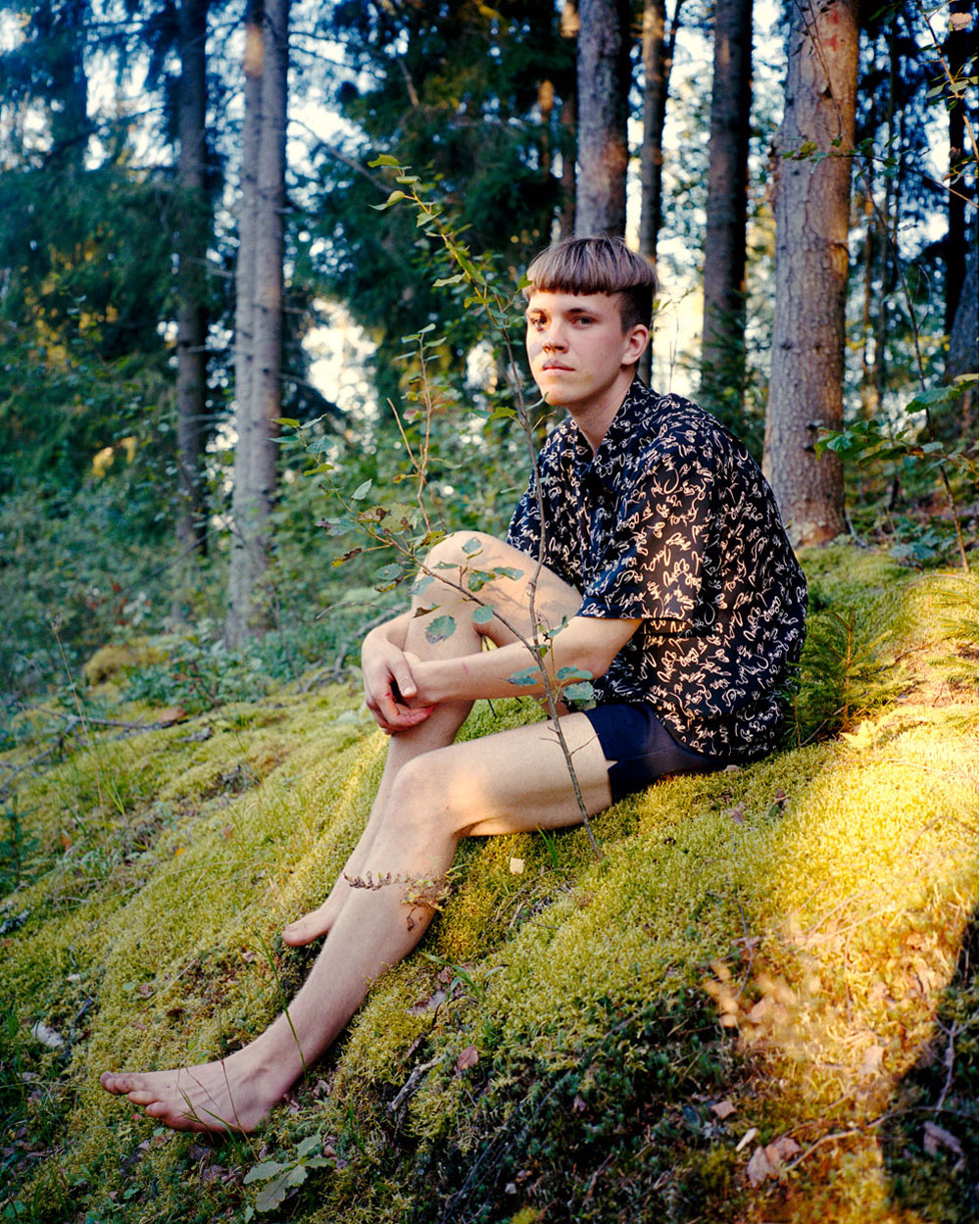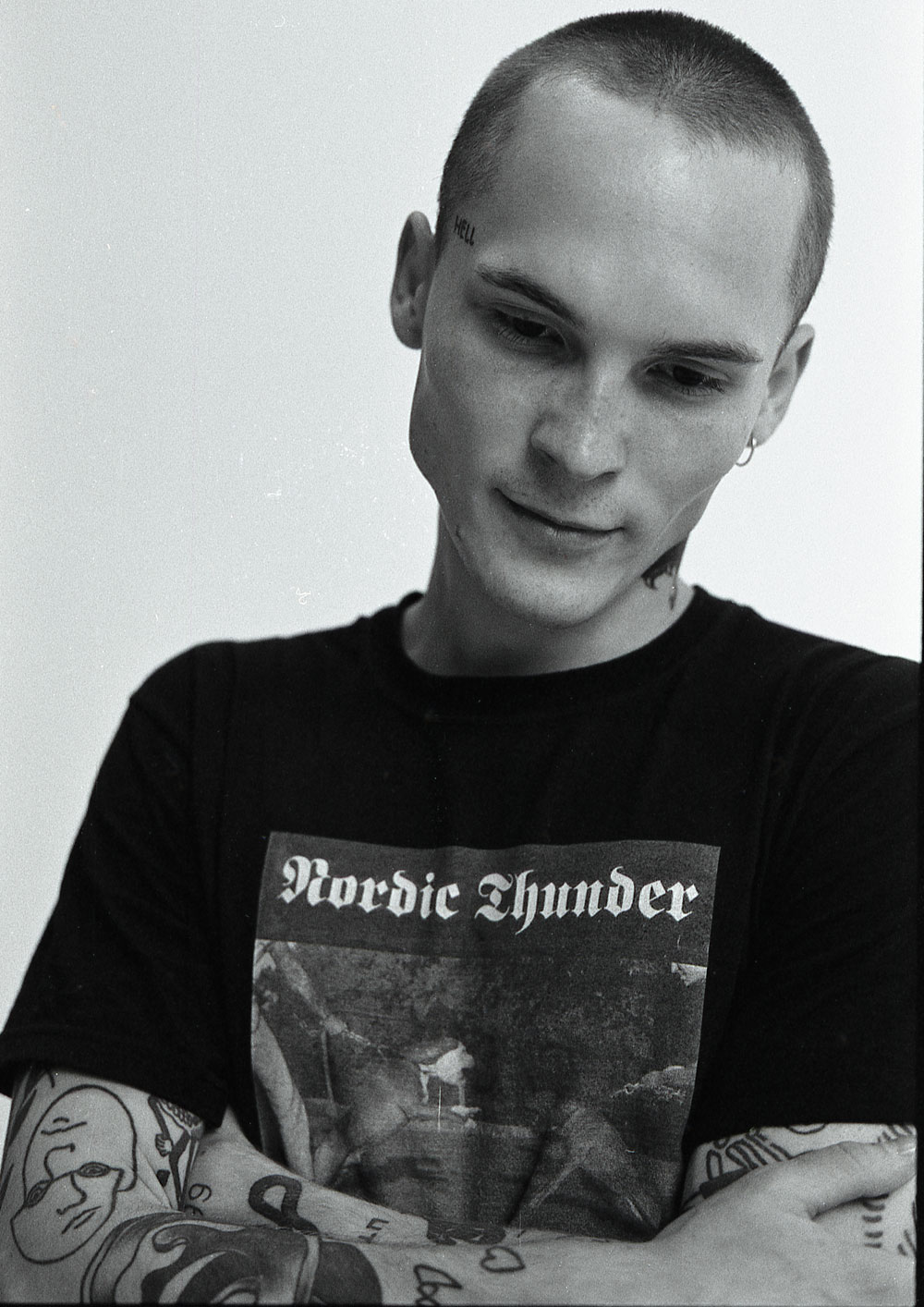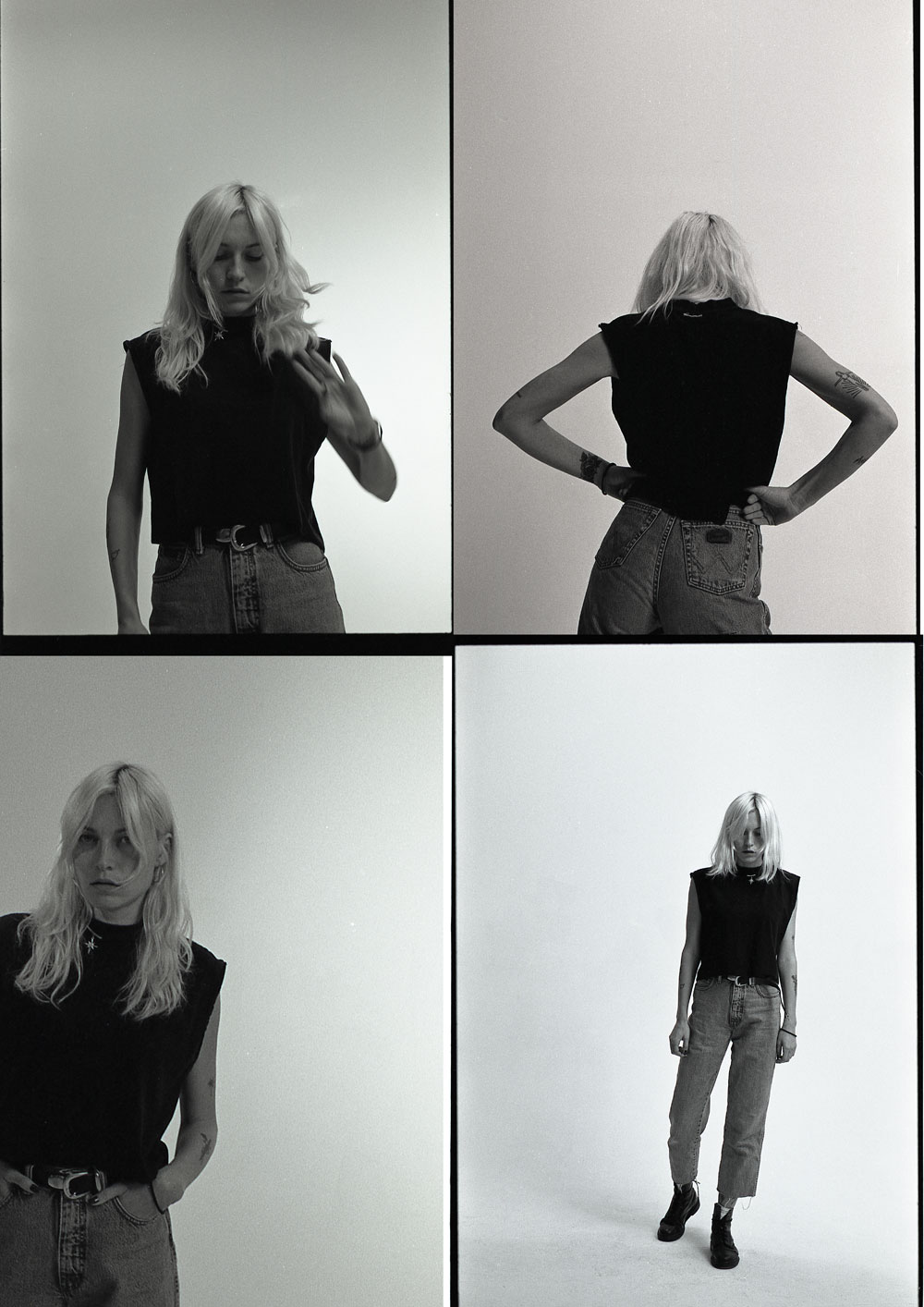Take me home: eastern Europe through the eyes of a new generation
How have young New East photographers moved away from the Western gaze and created a new visual language?
Every writer is sometimes tempted by the promises of the collective “we”. Collective identity has the power to make one’s experiences more meaningful. It provides the feeling of belonging we’re all subconsciously striving for. Everyone has a few identity categories which allow them to slip into a state of heightened collective awareness — be they gender, age, race, profession, location or background.
I have a few, but there is one collective “we” which turns up in my writing particularly often — the one which connects me with my peers in large cities across eastern Europe; the generation born between the mid-80s and 90s somewhere in the grand post-communist world. Maybe I relate to their cultural sensibility and vision, or perhaps it’s the feeling that witnessing a historical transition can become a bonding experience. Maybe, like all young people, I’m under the illusion that everything happening to me has some broader significance.
Shared memory is a curious thing, because its power is truly felt in the smallest details. I was recently looking through the family album of a British friend and couldn’t take my eyes off the furniture, clothes, supermarket bags and kitchenware — all the alien bits of material culture which to me looked no more real than a film set.
See the full slideshow from Dima Komarov
All the private domestic photo documentation I’ve ever been exposed to comes from the post-Soviet space. Due to the standardisation of products and the scarcity of consumer goods, most of my peers grew up in the same settings: flower carpets, crystal glassware gathering dust in the cabinets, identical large schools in vast estates.
Thinking that someone has exactly the same memories as you evokes both humility and panic. We (there’s that word again) mostly come from the families of engineers, scientists or workers, whose life stories tend to sound like distant fairytales, of an empire that aspired to conquer space and turn rivers against themselves. And although we belong to a long line of historical amnesiacs, somehow in the contemporary global context it doesn’t feel right to just dismiss this background simply as a past left to rest. The presence of a collective “we” means there is still something we share. Of course there is language and memory (often not out of choice), but the main question which subconsciously haunts my generation touches on something larger. Is there anything we share which lies in the future, not the past?
To start with, we look for the keys in our surroundings, in the architecture of the cities which remember further back than we do. In the course of our lives, we walk miles through vast monumental spaces and imposing tower block estates, and rest in the shadows of curved modernist buildings and megalomaniac monuments. The aesthetic of these locations has been widely commodified and exoticised, but they’re much more than a backdrop — they shape the way we think, feel, breathe and remember. They also teach us how to move on. In the new world, the city is open to interpretation, invention and change. In their project Wake Up Nights, photographers Max von Gumppenberg and Patrick Bienert document contemporary Kiev going through subtle yet incredible transformation. In following the city’s burgeoning rave movement and a tightly-knit community of local creatives, they explore disused factories and river banks, graffiti-covered skateparks and hectic streets, idyllic countryside and the intimacy of flats in the early hours of the after-party. Wake Up Nights is a tender love letter to the city.
See more photos from Paulina Korobkiewicz
The study of unique architectural settings is one of the main preoccupations of the new generation of photographers from eastern Europe. At the same time, the visual narrative they construct goes much further than just documentation. It’s not about capturing the existing space, but about contributing to the ever-shifting character of the environment. In her project Disco Polo, Paulina Korobkiewicz studies the urban aesthetics of eastern Poland after 1989, focusing on the peculiar signs of its transition to global capitalism. Plastic palm trees make streets into a globalist non-place. A patchwork of colourful advertising and pastel shades over tower block architecture illustrates the contemporary collision of influences from East and West.
Photographing tower blocks, Jedrzej Franek infuses them with melancholy romanticism, at the same time carefully studying their shapes and patterns like objects rather than elements of the surrounding cityscape.
In his work on Skopje’s brutalist architecture, Beautiful Monster, Michal Korta likens the city’s main post office to a space ship from a non-existent novel by H.G. Wells or Isaac Asimov, or a huge machine from a 1970s sci-fi novel.
From Beautiful Monster by Michal Korta
In all of these perspectives, there is a certain degree of distance, wonder and connection.
At the same time, in these pictures the sense of locality doesn’t always dominate over broader artistic experiment. Based in Moscow, photographer Masha Demianova incorporates cinematic influences and the iconography of classical art to create a completely dislocated visual space. Through her lens we travel to dark lakes and poppy-coloured fields, places forged by ancient myths, and, most importantly, the inner space she shares with her subjects. Demianova is also one of the pioneers of female gaze photography in Russia, challenging prevailing representations of female sexuality and desire.
From Grey Notes by Masha Demianova
An air of wandering into the unknown, of an unsafe yet enchanting space, exists in the work of Demianova and a few of her peers. On the path where the city meets the wilderness, they reconfigure their surroundings, choosing what to keep and what to ditch. Pavel Milyakov’s artwork Orehovo is a witty example of this kind of manipulation, with Bruegel’s Hunters in the Snow suddenly transported into a tower block estate. A multidisciplinary artist, Milyakov gained renown as the experimental producer Buttechno and the founder of the Russian underground music community John’s Kingdom. For Milyakov the city indeed becomes a kingdom, with the moon hanging low over its tower blocks. In its desolate romanticism the view is unique — but it could still be any city.
Ukrainian photographer Genia Volkov wanders even further, embarking on a mythical quest in dark woods, surrounded by luminescent trees. In the works of Dmytrij Wulffius, grand structures of utopian Soviet architecture set in the lush greenery of Crimea acquire the quality of 19th-century Romantic painting.
Read about Genia Volkov and the Join the Cool collective
The dimension of space, however, is not the only category the new generation of image-makers take on in their work. Time is another preoccupation, the future much more than the past. Portraiture serves as a way of understanding global history and the rise of new national identities. Hassan Kurbanbaev’s project Tashkent Youth was partly inspired by Uzbekistan’s 25th anniversary of independence — he documented the generation that has come to adulthood over the course of this past quarter century. For them, he points out, the Soviet Union is no more than distant history.
Born in 1997, Russian photographer Dima Komarov documents his peers and friends in St Petersburg, their youthful ecstasy and confusion, their restless searching and fooling around. Through his empathetic gaze, their values of freedom and inclusivity also become apparent.
In her ongoing project Bloom, Ieva Raudsepa focuses on the first generation born and raised in Latvia after the country regained its independence at the beginning of the 1990s. Combining idyllic landscapes with portraiture, Bloom captures a fleeting moment of youth and the radiant transparency of summer light. But the work also serves as a study of the narrative of Latvian national identity. The sense of belonging, in all its complexity, is one of Raudsepa’s main subjects.
See the full slideshow from Ieva Raudsepa
Growing pains, both individual and national, are among the preoccupations of Georgian photographer and director David Meskhi. When Earth Seems To Be Light, the documentary he co-directed with Salome Machaidze and Tamuna Karumidze, follows a gang of teenage skateboarders around Tbilisi while the city is being shaken by demonstrations, the result of Georgia’s conservative government colliding with an emergent liberal movement. With their long hair and heavy-metal T-shirts, Georgian skaters look no different to Californian kids — but their inner worlds and the issues they have to deal with couldn’t be more different. In one of the key scenes in the film, they skate around the grand structure of a hippodrome which was never completed, derelict before it came into existence, and their harmless intervention serves as a telling commentary on the challenges of contemporary Georgian society.
Read about When Earth Seems To Be Light, co-directed by David Meskhi
The transition to global modernity is indeed a challenge, not only economically and socially but also culturally. Even the language we use to talk about history is tainted by the heritage of imperialism. Former East, New East, Former West, Post-Soviet — none of these terms offers liberation from Cold War narratives.
Using the visual language of this trend in order to subvert it is the preferred method of Georgian photographer Grigor Devejiev. Casting people of the most diverse ages, appearances and social backgrounds for his project Social Realism, he highlights the lingering inequality in Georgian society. In his series Nutshell, Armen Parsadanov paints a portrait of contemporary Kiev’s creative scene, cutting through the myths and misconceptions of the city created by the media after the revolution of 2014.
See the full slideshow from Armen Parsadanov
In the post-1989 world, eastern Europe has continuously played the role of the exotic “inner” other, familiar enough to be recognisable and strange enough to be amusing. The appeal of the “poor but sexy” ethos is perhaps one of the most lingering effects of this phantom division.
There is no East without West, and there is no periphery without centre. But the new generation of image-makers from eastern Europe works in a space increasingly free from the Western gaze.
We still live in a world ruled by local stereotypes. Whether it’s post-Soviet eastern Europe, the crisis-ridden Mediterranean South or American white trash, the tropes of locality are still very much present in contemporary image-making. Notwithstanding their limitations, with enough critical thinking these categories can become empowering. We might opt to stick with them out of choice. Today, the artistic movement across the post-Soviet space is defined by much more than just locality or the working through of historical trauma — it represents the emergence of a whole new language.
Text: Anastasiia Fedorova
Top image: Dima Komarov
